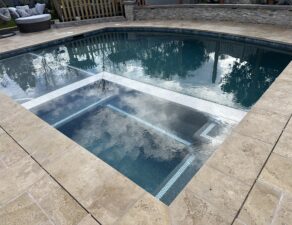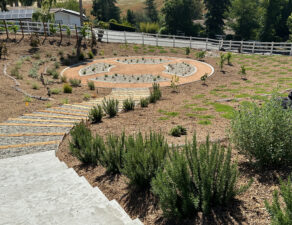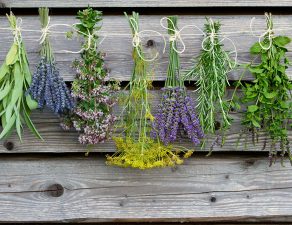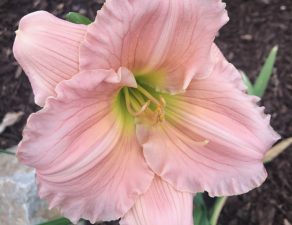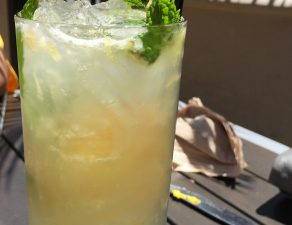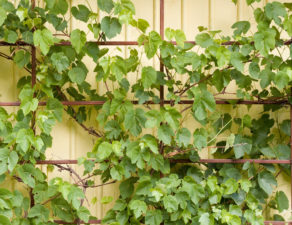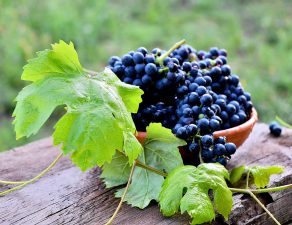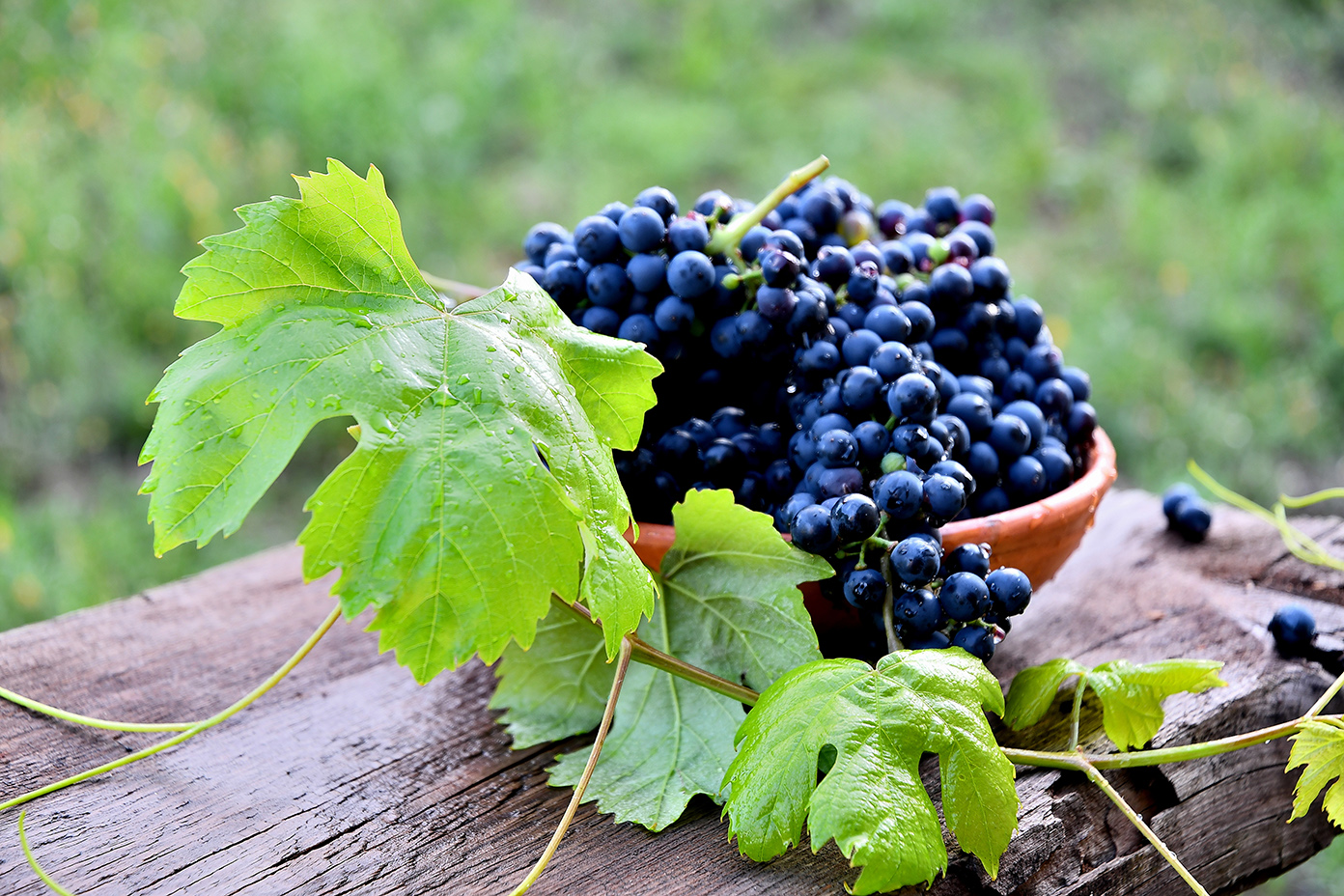
Lately, we’ve witnessed a dramatic increase in the number of people interested in food-bearing plants. Specifically, you might be wondering if you should utilize permaculture in your yard, adding plants that produce food within a sustainable system. That decision, of course, is ultimately up to you. But some basic information might help you decide how to proceed.
What is permaculture?
There is quite a bit to learn about permaculture, but in layman’s terms, you could consider it a way of designing your landscape in harmony with nature rather than working against it. If your goal is food production, you want to choose plants that thrive in the spots you choose, require little maintenance, and reproduce year after year.
Permaculture is based on a whole system’s point of view. So instead of simply planting a traditional row garden year after year, you design the landscape to be self-supporting and self-sustaining.
Fruit trees, berry bushes, and more.
Start by considering fruit trees and berry bushes that, once established, require minimal care and produce fruit each year. You still need to plant them in the right environment, of course, but you do this by choosing the right plant for your yard. More research is required upfront, to select a variety that works with your climate and landscape, but the tradeoff is less work in the future.
Add perennial edibles.
Some edible plants return year after year, so you don’t always need to rely on row gardening to produce food. Try planting rhubarb, asparagus, chives, watercress, sorrel, artichokes, garlic, radicchio, and kale all fit into this category.
The key is to introduce these plants to areas of the yard best suited for their needs, rather than the old approach of altering your yard to suit the plants. A plant that requires more shade should be grown on a shady side of your house, or next to a taller plant.
Take advantage of companion planting.
Some plants benefit from one another, and both will thrive when grown together. For example, garlic repels many of the common pests that plague apple trees. Taking advantage of companion plants can reduce the amount of work you need to do in the garden.
Consider edible or medicinal herbs and “weeds”.
A weed is simply a plant growing where you don’t want it. However, many of the things we tend to consider “weeds” are actually edible or medicinal plants! Purslane, shepherd’s purse, dandelion, thistles, and many other common weeds can be utilized in a variety of ways. Once you view these plants from the perspective of their benefits, you might wonder why we often fight so hard to eradicate them from our lawns.
With permaculture, you can set aside the idea of a typical, grassy lawn (and all the maintenance it requires). Or, you can enjoy that look in your front yard, while setting aside an area in the backyard to permaculture more naturally. An “herb bed” is a good place to start. Many herbs will propagate freely on their own when introduced to the right area of your yard.
If you’re considering a new, more sustainable landscape for your yard, give us a call. We can help you decide which plants will thrive in this type of system and where they should be placed for maximum benefit.


